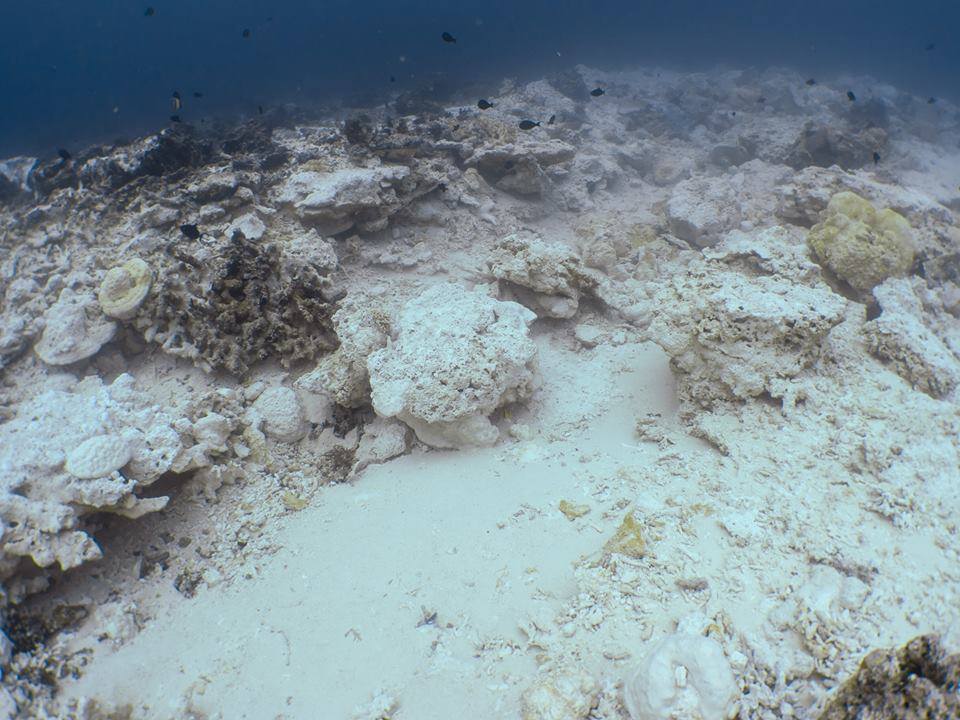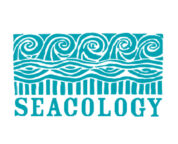The RARCC has been working to try to bring to attention the necessity of solving the root cause of anchor damage, which is a silent killer, by engaging different stakeholders to work towards conservation by suggestion win-win suggestions.
Anchor damage is one of the most serious threats to the marine environment in Raja Ampat.

Commercial vessels and private yachts anchor with a minimum 3-1 ‘scope’ that is, the length of the anchor chain and/or rope is minimally three times the depth. Vessels use a minimum of 10 meters of chain, and this chain always rests on the bottom. As the boat swings around, the chain scours the bottom killing everything inside the swing radius. Overnight, vessels swing 360 degrees as the tide changes, creating a circular zone of destruction around the anchor.
A cruising yacht that spends two weeks in Raja Ampat might change location every two days, which means they will do seven overnight anchorages. If only 30 private yachts visit Raja Ampat every year, and if each stays for two weeks, that means 210 overnight anchorages yearly and 210 destructive anchoring events yearly from cruising yachts alone. The destructive zone around a super yacht’s anchor might be as much as 50 meters in diameter. That’s the length of an Olympic swimming pool.
In March 2017, the Caledonian Sky Cruise destroyed 18,882 square meters of coral reef on Crossover Reef, just in front of Papua Diving’s Kri Eco Resort. While the event brought international attention to the issue, unfortunately in the meantime similar episodes were repeated in other areas of Raja Ampat. When it happens, we try to assist the boats to try to save reefs and report the incident to the police as soon as possible.
Without many public moorings and ‘no-anchor zones’ marked by special buoys, coral reefs in Raja Ampat will continue to be destroyed at an accelerating rate as tourism grows rapidly.

The RARCC has been actively advocating against the anchor damage and defending, for instance, that fees from mooring buoys can pay for management and maintenance, while fee-collectors can become de facto patrol officers.
Check here our ‘Reef of Glass’ Demo at the regency of Raja Ampat in 2017. In 2016 and 2017, the RARCC also assisted the NGO Seacology to try to find a village to cooperate with them to set up a mooring, but the efforts were unsuccessful due to different intentions.

Since 2019, the RARCC has been trying to mediate the talks between the local government and the Indonesian Liveaboard Association (Jangkar), to make sure the captains have moorings in the exact locations they need them.
From our perspective, it is a good opportunity to bring the liveaboards to work with the local communities. That is our director Max Ammer’s main focus when he organizes meetings in Waisai and even Bali with both parties.











